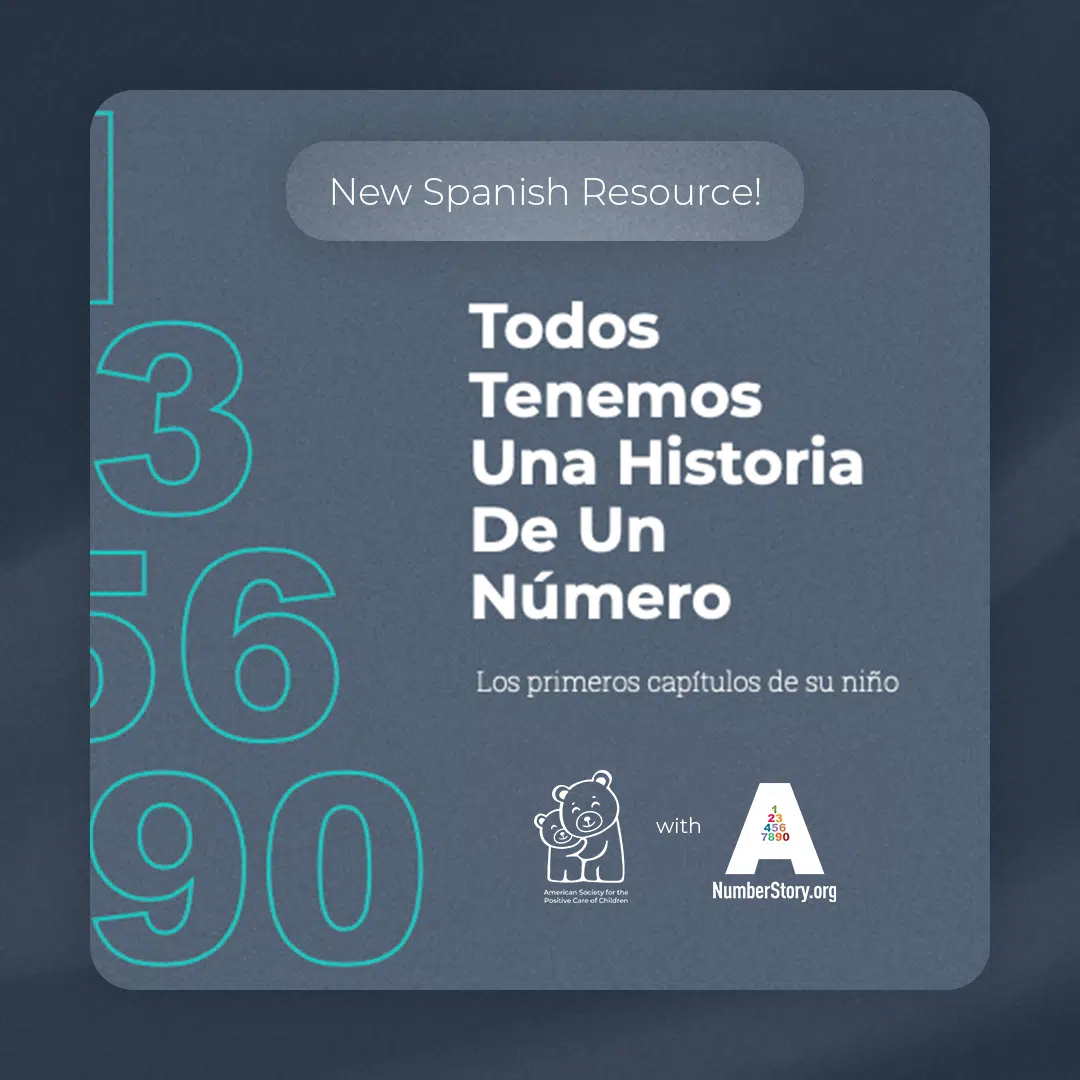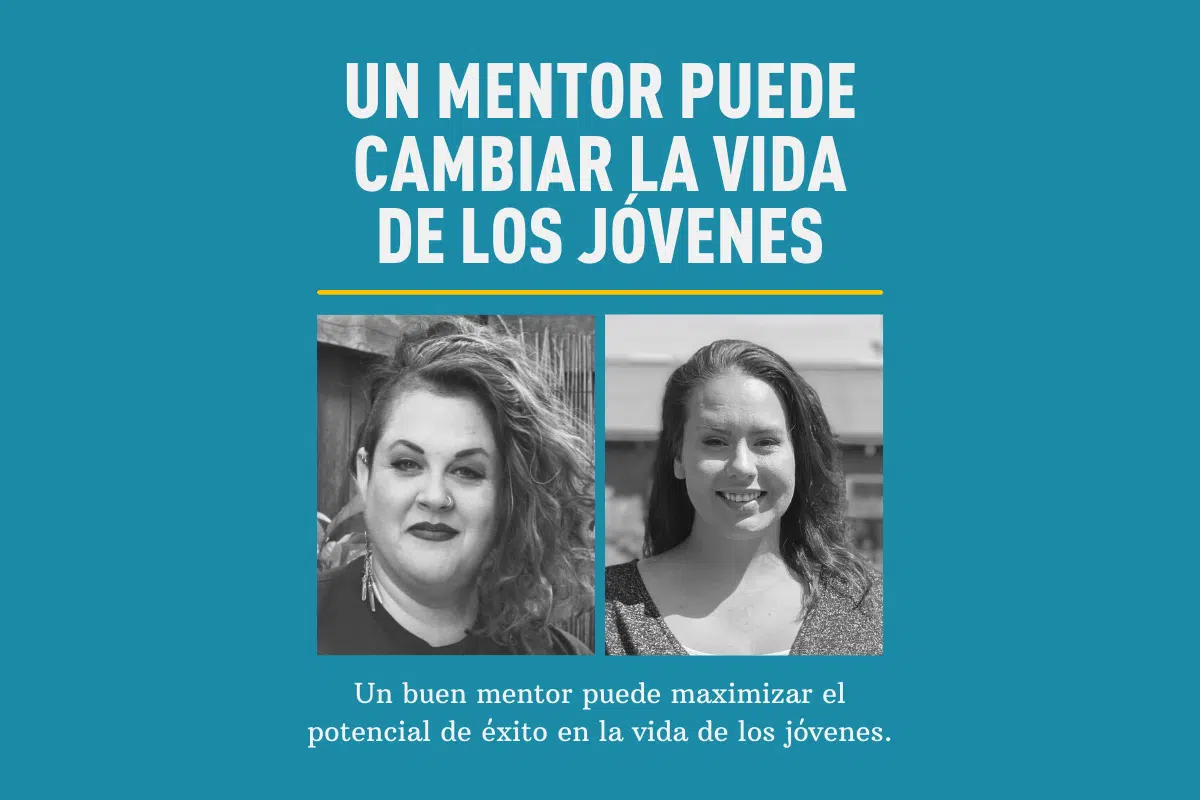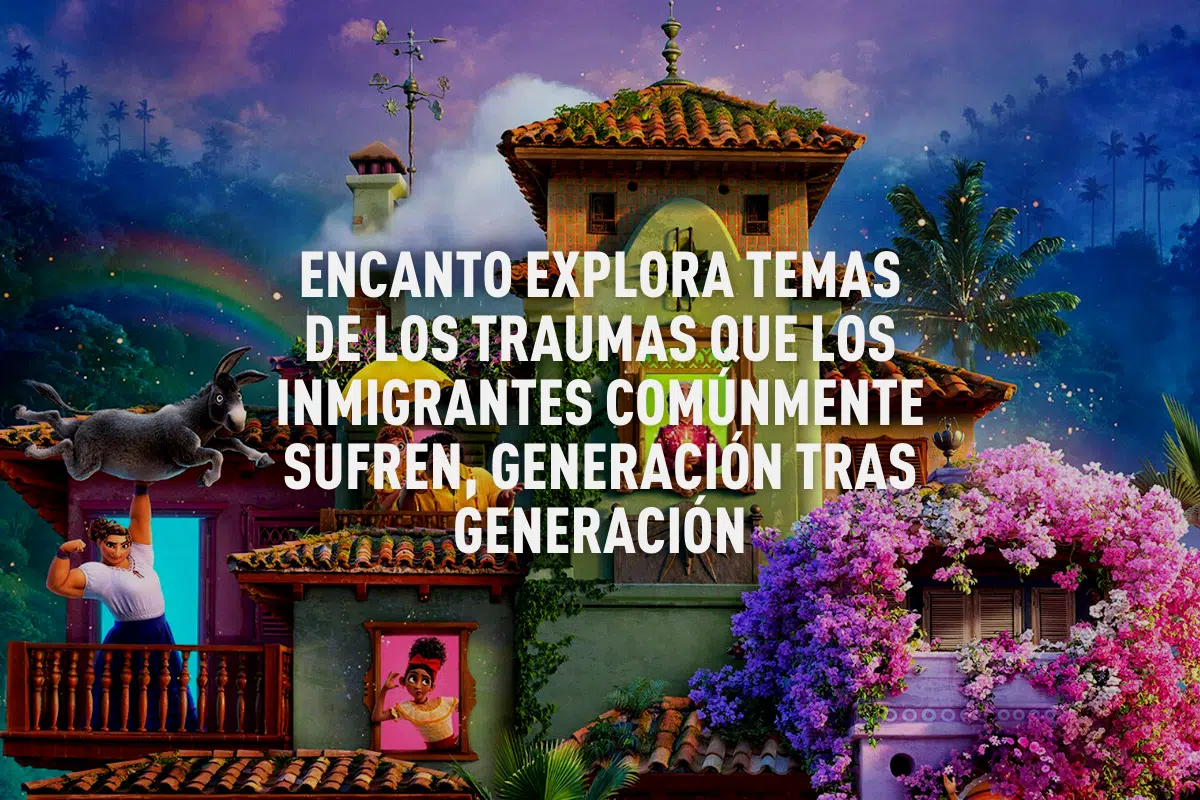
When someone first comes to Number Story, it’s not unusual for them to feel like, “Wow … I guess I’m not the only one who’s going through this!”
And that is so true. ACEs impact millions of people in the U.S. alone. In the original ACEs study, 62% of the adults surveyed said they’d experienced at least one ACE during their childhood and nearly a quarter said they’d experienced three or more.
Nearly ¼ of U.S. adults have experienced 3 or more ACEs
And those numbers only included 10 specific types of childhood adversity, which included abuse, neglect, and household challenges.
(Click here to see the original 10 ACEs)
How ACE Research Has Developed
In the years since that first study, our understanding of childhood adversity — and its short- and long-term impact — has expanded. Thousands more studies have been conducted on different types of people with different life experiences.
Various studies are looking at other common childhood adversities — beyond the 10 in the original study — like:
- Poverty
- Discrimination
- Racism
- Community violence
- Intergenerational and cultural trauma
The picture that’s emerging from these studies is that things like race, socioeconomic status, employment, education level, and gender/sexual identity can all play a role in raising a child’s risk for adverse effects from childhood adversity.
(Click here for more about the science beyond the 10)
If you’ve experienced childhood adversity — as defined by the original 10, experiences beyond the 10, or both — you are not alone. And if you’re experiencing things like anxiety, unexplained health issues, trouble sleeping, or depression, they may be linked to your childhood experiences.
If that’s you, we want you to know there’s hope. There are ways to feel better.
We believe stories can help us recognize that we’re part of a larger conversation and be a powerful support in our healing journeys. Hear how others have put words to their experiences in our Get Lit Poetry Partnership and Camila Cabello’s talk with Dr. Nadine Burke Harris. Explore the tools we have for healing, and learn more about the science of how we can rewire our brain and body to heal from the effects of ACEs.




